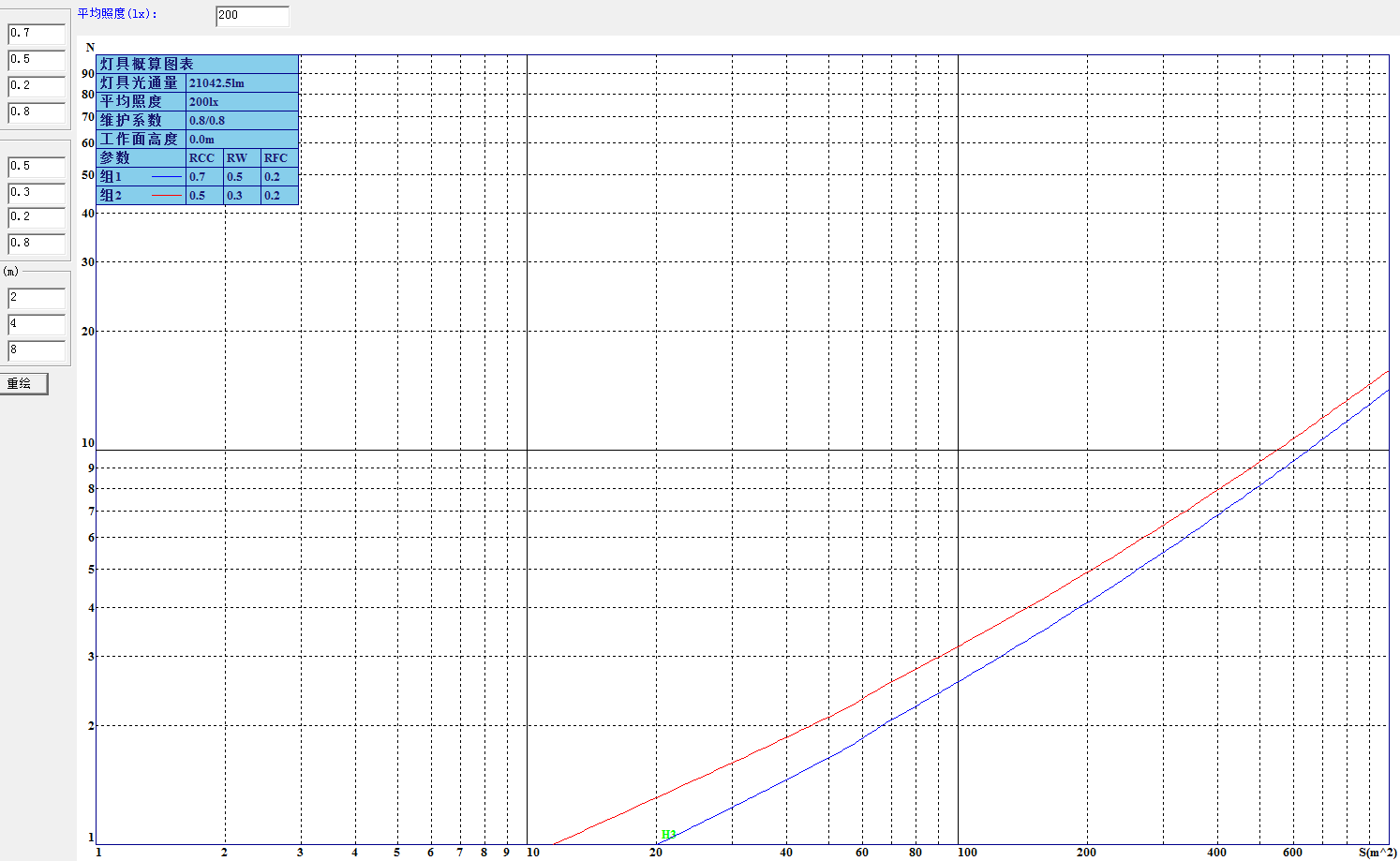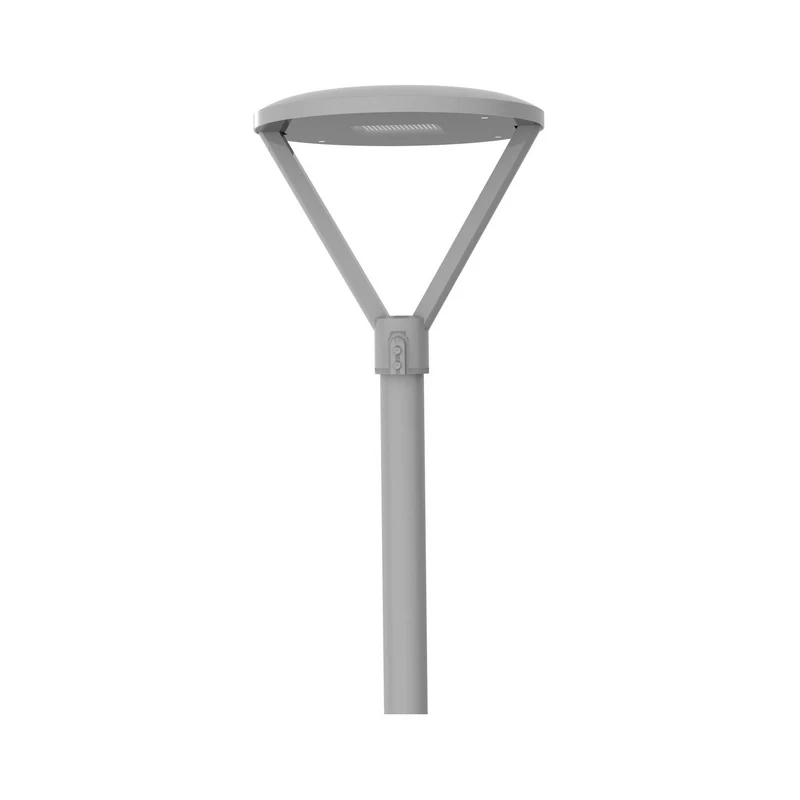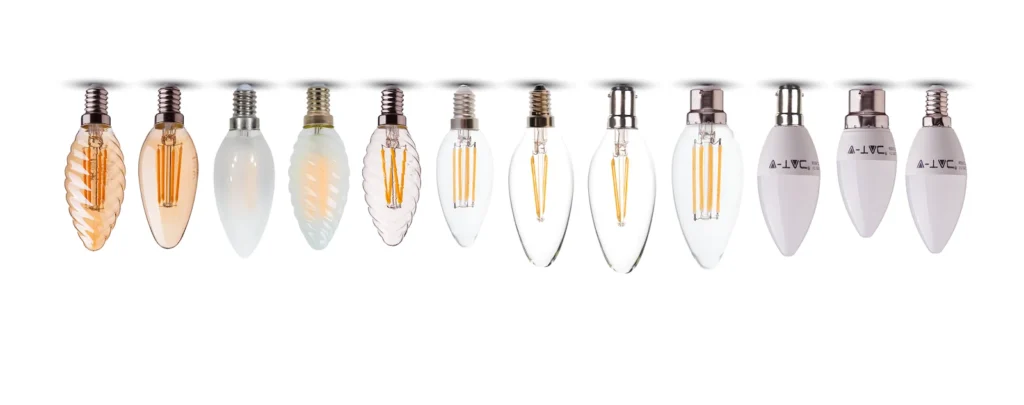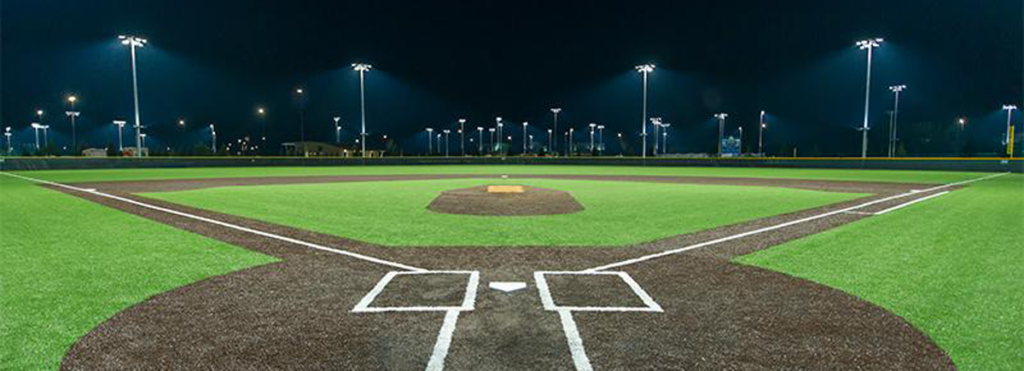Led High Bay Lighting Layout Calculator Tool- How to Layout lights Calculator for Your Business
Introduction
When planning the lighting for a large space like a warehouse, stadium, or commercial area, one of the most common questions asked is, “How many high bay lights do I need?” Determining the right number of fixtures can be challenging, but it is crucial for ensuring adequate illumination. With the LED high bay lighting calculator, you can easily determine the number of LED high bay lights needed for your space, factoring in elements like high bay lighting layout, ceiling height, and required illumination levels.
1. Understanding LED High Bay Lighting
High bay lighting is typically used in spaces with high ceilings, such as warehouses, gyms, and industrial buildings. These lights are designed to illuminate large areas effectively, ensuring safety and productivity.
-
Types of High Bay Lights: Options include UFO high bay lights, linear high bay lights, and traditional high bay lights. Each has its own benefits depending on the application.
-
LED High Bay vs. Traditional Lighting: LED high bay lights are more energy-efficient and have a longer lifespan compared to traditional metal halide or fluorescent lights.
Table 1: Comparison of Different High Bay Lighting Options
|
Lighting Type |
Energy Efficiency |
Lifespan |
Cost |
|
LED High Bay Lights |
High |
50,000+ hours |
Moderate |
|
Metal Halide High Bay Lights |
Moderate |
15,000-20,000 hours |
High |
|
Fluorescent High Bay Lights |
Moderate |
20,000-30,000 hours |
Low |
2. Factors to Consider When Using the LED High Bay Lighting Calculator
Using a high bay lighting layout calculator involves considering various factors that influence the number of lights required:
-
Ceiling Height: Higher ceilings require more powerful lights or more fixtures to achieve the desired illumination.
-
Desired Brightness: Measured in lux or foot-candles, this is the level of brightness required for the specific application, such as general lighting or task lighting.
-
Fixture Spacing: Proper spacing between fixtures ensures even lighting and avoids dark spots.
Table 2: Lighting Requirements Based on Ceiling Height
|
Ceiling Height (ft) |
Average Illumination (lux) |
Number of LED High Bays Required |
|
20 |
200 |
10 |
|
30 |
150 |
15 |
|
40 |
100 |
20 |
3. How to Use the LED High Bay Lighting Calculator
Our LED high bay lighting calculator simplifies the process of determining how many lights you need. Here’s a step-by-step guide:
-
Step 1: Input Space Dimensions: Enter the length, width, and height of the space.
-
Step 2: Select the Type of LED High Bay Light: Choose from options like 150W UFO LED high bays.
-
Step 3: Set Desired Illumination Level: Based on your application, choose the required brightness in lux.
-
Step 4: Review Recommendations: The calculator will suggest the number of lights required and their optimal placement.
4. Practical Applications
Whether you're designing lighting for a warehouse, commercial space, or stadium, the LED lighting calculator can guide you through the process.
Example 1: Warehouse Lighting
For a warehouse with a 20 ft ceiling and a required illumination of 200 lux, the calculator may recommend 10 150W UFO LED high bay lights.
Example 2: Stadium Lighting
In a stadium with a 40 ft ceiling, aiming for 150 lux, the calculator might suggest using 20 22000 lumen high bay lights.
5. Advanced Features of the LED High Bay Lighting Calculator
Our LED lighting layout calculator includes advanced features to enhance your design:
-
Lighting Layout Tool: Customize the arrangement of lights in your space.
-
Recessed Lighting Calculator: For spaces requiring recessed fixtures, this tool calculates the number and placement of lights.
-
Lumens Calculator: Determine the total lumens required for your space, ensuring adequate light distribution.

high bay lighting calculator
Conclusion:Led Rhythm's high bay light layout calculator
Using a high bay light calculator is essential for planning efficient and effective lighting in large spaces. Whether you're outfitting a warehouse, commercial area, or stadium, this tool helps you calculate the exact number of LED high bay lights you need. With factors like ceiling height, required illumination, and fixture type taken into account, you can ensure your space is well-lit and energy-efficient.
For more information on how many high bay lights you need or to access our LED high bay lighting calculator, contact us today.
Our led high bay light layout calculator allows you to calculate the approximate number of light fixtures for your warehouse, stadium, industry, and cold storage
Just CONTACT US for "how many led high bay lights do i need" and more deatails.








